Forget the outdated tactics—mass-uploading random videos to new Pages won’t cut it anymore. Especially if you’re aiming for the US market, a strategic approach is essential. This guide will walk you through the right mindset and methods to build a successful Facebook Reels Page targeting US audiences in 2025, with real potential for monetization through AdSense, affiliate links, or POD (Print on Demand).
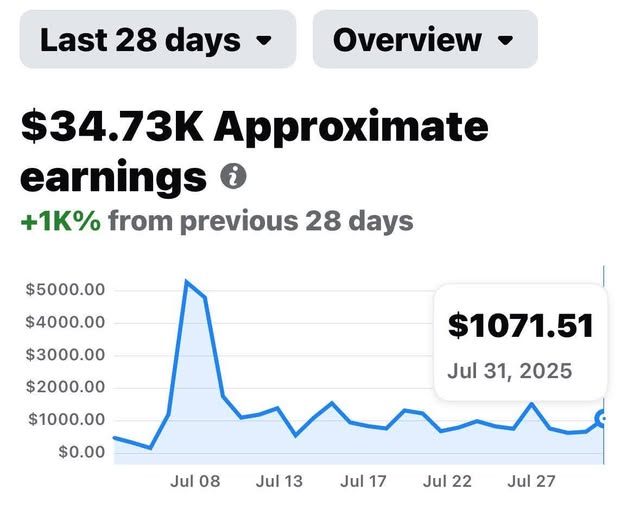
Why Old Tactics No Longer Work
In the past, creators often relied on tricks like:
- Creating blank Pages using US-based VIA accounts and proxies.
- Uploading hundreds of videos via automation tools.
- Hoping for random algorithm boosts.
While these methods might still work occasionally, the reality is grim: success rates are below 1%, especially for US-targeted Pages. The algorithm is smarter now, and Facebook has become much stricter about low-quality or suspicious behavior.
The Smarter Approach in 2025: Build with Purpose
Instead of chasing hacks, the better way is to build real authority and trust with the right audience—and that means targeting the right users from day one.
Here’s the simple truth:
You don’t need a US VIA or a US IP to create a US-targeted Page.
You only need to run targeted Page Like Ads to a US audience.
Why Paid Likes Work Better
When you run a Like campaign targeted at US users, Facebook’s algorithm will treat your Page as a US-native Page. Your posts—whether Reels, images, or links—will organically reach more people within that location and behavior cluster.
All it takes is:
- 500 to 1,000 US Likes to get started.
- A small budget of $20–$50 depending on your niche.
Running a US Like campaign helps seed your Page with the right demographic. As a bonus, most of the likes will come from older people in the US—a group that’s extremely valuable for Reels and image engagement.
Why the Elderly US Audience Is Your Goldmine
Older users (ages 50+) in the US are:
- Less tech-savvy → more likely to Like and Share.
- Highly nostalgic → attracted to “throwback” content.
- More loyal → likely to return and engage repeatedly.
This is not just anecdotal—it’s backed by psychological studies on nostalgia. People experiencing nostalgia tend to feel more positive, connected, and open to engagement.
What Kind of Content Works Best?
To win over the nostalgic US audience, your content should trigger emotional memory. That’s where the magic happens.
Reels: Short Nostalgic Videos (15–60s)
Examples:
- Top 10 Songs from the 70s
- 5 Most Iconic Cars from the 1950s
- Legendary TV Shows Americans Grew Up Watching
Tips:
- Repurpose YouTube or TikTok clips with edits (flip horizontally, speed up 1.1x, trim start/end).
- Add nostalgic soundtracks, subtitles, and retro filters.
Images: Visual Nostalgia Triggers
Examples:
- Vintage gas stations (1960s)
- Classic schoolbooks (e.g., “Dick and Jane”)
- Retro household items
- Black-and-white family photos
Caption ideas:
- “Who remembers this?”
- “Takes you back, doesn’t it?”
- “Only 70s kids will remember this!”
Monetization: Turn Nostalgia Into Income
Once your Page has traction, there are several proven ways to earn from it:
1. Send Traffic to Your Website
Set up a blog or landing page monetized with AdSense or other display ad networks. Use engaging Reels and posts to drive traffic and maximize impressions.
Example:
Post a Reel about “Top 5 80s Rock Bands,” then link to a blog post like:
👉 “Full List of 80s Rock Legends: Where Are They Now?”
2. Promote Affiliate Products
- Target nostalgic merchandise (retro toys, vinyls, old-school gadgets).
- Use affiliate networks like Amazon Associates, ClickBank, or ShareASale.
Pro Tip: US seniors also spend a lot on health & wellness, hobby products, and books.
3. Sell Print on Demand (POD) Items
Design nostalgic T-shirts, mugs, or posters using tools like Canva + platforms like Printify or Printful.
Use captions like:
“Miss the 70s? Wear it with pride 🎸”
Add product links in captions or Page bios.

Step-by-Step: Building Your Reels Page
Let’s break the process down.
Step 1: Create a Facebook Page
- No need for special VIA or US proxy.
- Just use a regular account.
- Page Name: Short, memorable, niche-relevant.
- Examples: Retro Vibes, 70s Memories, Old But Gold
Step 2: Run Page Like Ads to US Users
- Go to Facebook Ads Manager
- Create a campaign → Choose Page Likes
- Target:
- Country: United States
- Age: 18–65+ (Don’t narrow further)
- Budget:
- $5–10/day for 3–5 days
- Aim: 500–1000 Likes
- Run untargeted to let the algorithm find the “easy likes” (usually older users).
Cost per Like: Usually $0.01–$0.03 (100–500 VND)
Step 3: Prepare Your Content
🔹 Reels
- Length: 15–60 seconds
- Format: 9:16 (vertical)
- Source: YouTube Shorts, TikTok, or self-made
- Edit lightly to avoid copyright: flip, speed up, crop
🔹 Images
- Curated from Google, Pinterest, or stock archives
- Add text overlays or nostalgic quotes
Step 4: Post Consistently
Day 1–2:
- Post 1–2 nostalgic images
Day 3+:
- Post 1 Reel + 1 image per day
- Monitor reach & engagement.
👉 Double down on formats that perform well.
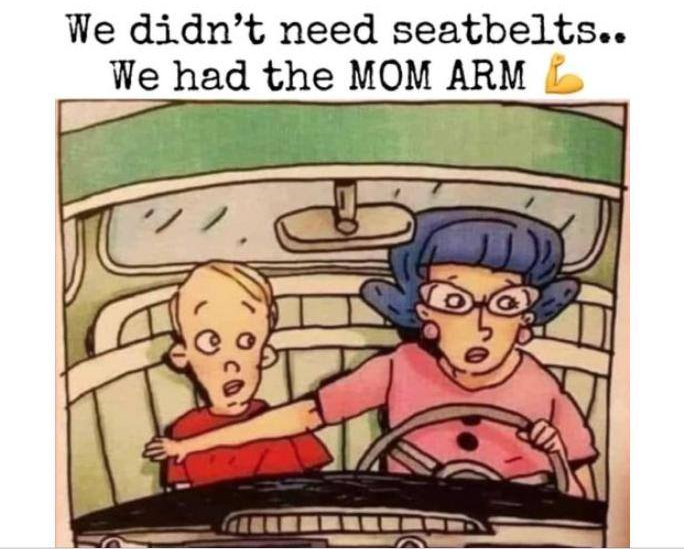
Step 5: Begin Monetizing
- Add CTA links to your site, affiliate products, or POD items
- Cross-promote Reels in Facebook Groups, Reddit, Pinterest
- Consider boosting high-performing posts to grow faster
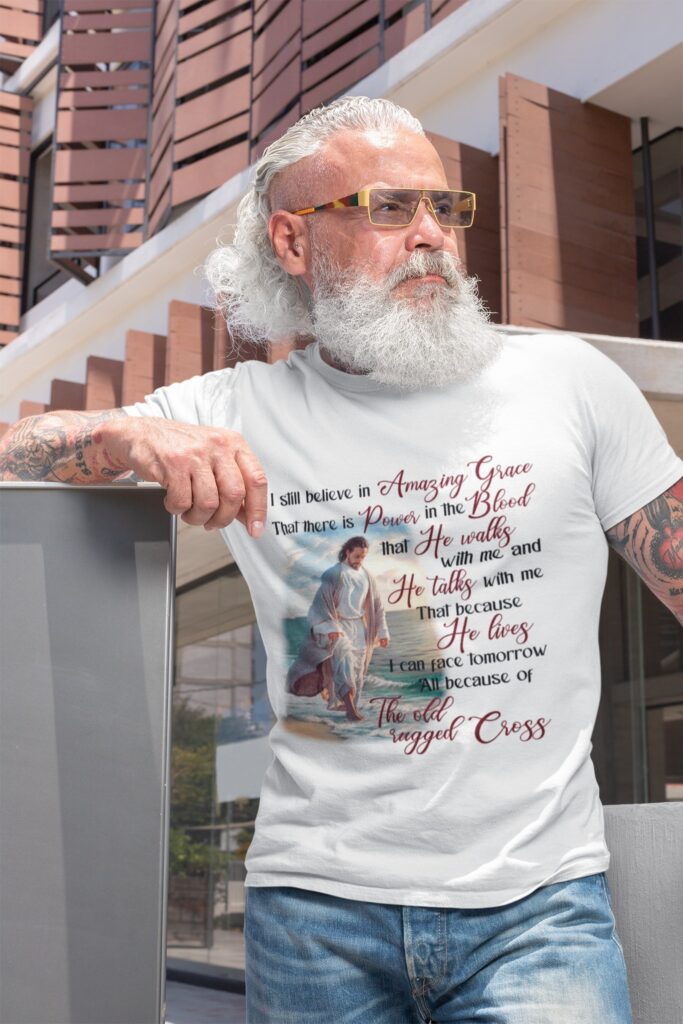
Why This Works in 2025
The social media landscape is saturated—but nostalgia still breaks through the noise. By targeting an underutilized audience (US seniors) with meaningful, memory-triggering content, you:
- Avoid direct competition with meme pages and trend chasers.
- Gain reliable reach through consistent engagement.
- Monetize in ethical, evergreen ways.
You’re not chasing virality. You’re building a long-term asset with stable reach and loyal followers.
Final Thoughts
Creating a Facebook Reels Page targeting the US market is still a highly profitable strategy in 2025—if you focus on the right mindset, niche, and content strategy.
- Don’t rely on shady automation tools or fake VIA accounts.
- Build genuine engagement through nostalgia.
- Focus on monetization models that fit your audience.
Tap into the past. Build your future.
Good luck—and may your Reels reach the hearts (and wallets) of America’s golden generation.


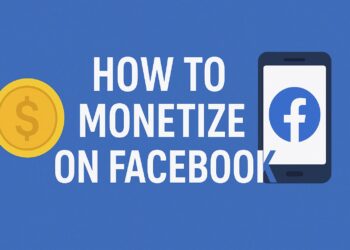
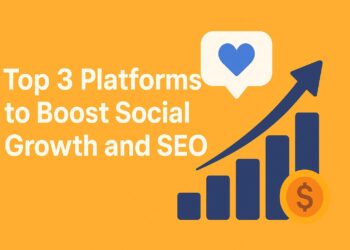
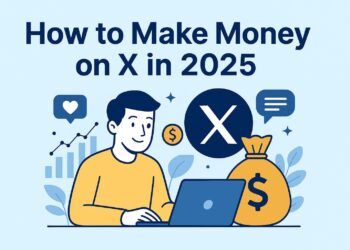
Tuyệt. Có ý tưởng để cạnh tranh lượt xem rồi